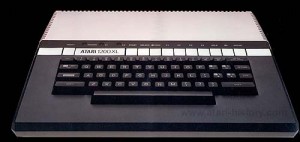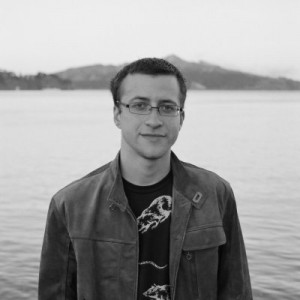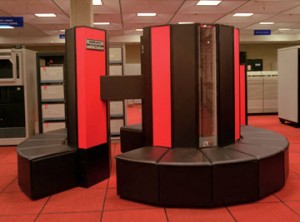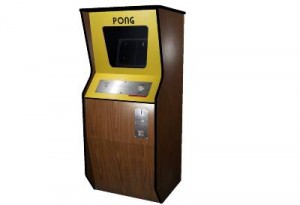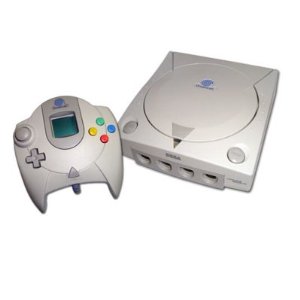December 13, 1982: Atari 1200XL
Subscribe! Spotify | RSS | More
1982 – After a decent success of the Atari 400/800 line the company noticed the console was looking a little “old”. After all, the Atari 400 actually discolors upon UV light. The 400’s non-tactile keyboard was replaced with the 800’s raised key keyboard. Still, Atari felt they needed to bring this personal computer into the 80’s.Therefore, the 1200XL was born. It was a hybrid computer – using what they called “Sweet 16” – a byte language developed by Steve Wozniak. It was to manipulate 16-bit pointer data from an 8-bit system.
The Atari 1200XL also featured 64 KB of RAM and a redesigned cable port and keyboard layout. Unfortunately the community felt the 1200XL was poorly designed for certain ports were in the wrong place. There was also a color enhancement feature that couldn’t be used because it wasn’t connected to the monitor port.
The Atari 1200XL was $599.99

Subscribe to Day In Tech History:
RSS Feed - iTunes - Android - Spotify - iHeartRadio
Facebook -
- RSS Bandwidth by Cachefly Get a 14 Day Trial
- Join me on Patreon and support Day in Tech History
- Charles Dickens publishes A Christmas Carol
- Cyrix files lawsuits over others who were using their patented technologies
- Symantec licenses Java from Sun Microsystems.



